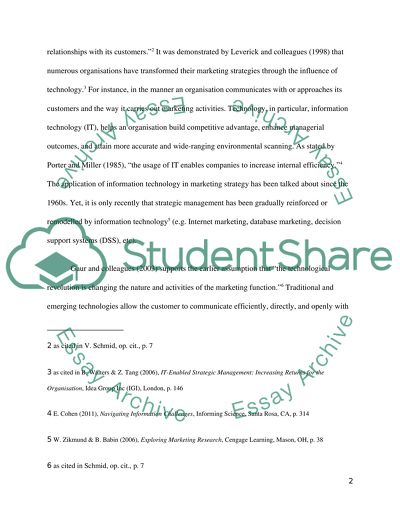Cite this document
(“The Influence of Technology on Contemporary Strategic Marketing Essay”, n.d.)
The Influence of Technology on Contemporary Strategic Marketing Essay. Retrieved from https://studentshare.org/marketing/1450014-critically-evaluate-how-technology-is-affecting
The Influence of Technology on Contemporary Strategic Marketing Essay. Retrieved from https://studentshare.org/marketing/1450014-critically-evaluate-how-technology-is-affecting
(The Influence of Technology on Contemporary Strategic Marketing Essay)
The Influence of Technology on Contemporary Strategic Marketing Essay. https://studentshare.org/marketing/1450014-critically-evaluate-how-technology-is-affecting.
The Influence of Technology on Contemporary Strategic Marketing Essay. https://studentshare.org/marketing/1450014-critically-evaluate-how-technology-is-affecting.
“The Influence of Technology on Contemporary Strategic Marketing Essay”, n.d. https://studentshare.org/marketing/1450014-critically-evaluate-how-technology-is-affecting.


